Migraines are prevalent, painful, and sometimes chronic conditions. In fact, 39 million Americans suffer from this complex neurological disease, and many struggle to function personally and professionally. Despite the pervasiveness, migraines remain underdiagnosed and undertreated, leading people to seek alternative therapies.
Migraine sufferers often turn to THC for support due to the compound’s known pain-fighting properties. Many prefer THC edibles, like Delta 9 THC syrup, for intensely sedative and long-lasting effects.
What is a Migraine?
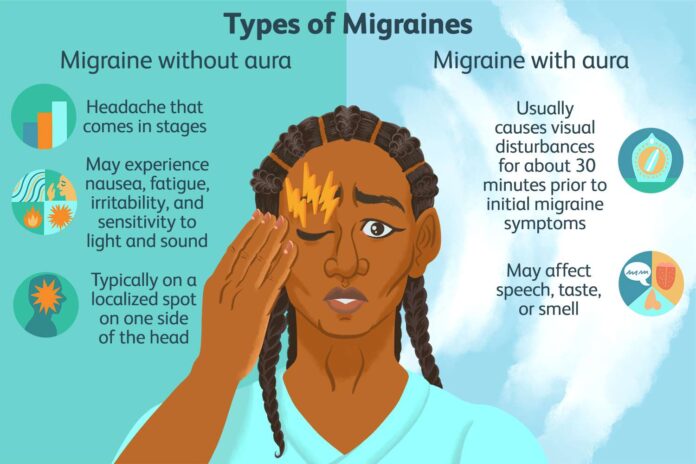
The Mayo Clinic reports a “migraine is a headache that can cause severe throbbing pain or a pulsing sensation, usually on one side of the head.” Nausea, vomiting, and extreme sensitivity to light and sound typically follow the onset of symptoms.
Common migraine triggers and exacerbators include:
- Diet – Certain food dyes, chemicals in processed foods, excessive caffeine, and alcohol can trigger migraines or worsen the pain.
- Diet – Hormones like estrogen and progesterone can impact headache-related chemicals in the brain. Women often experience more intense migraines when these hormone levels suddenly drop or change levels.
- Environment – Sudden weather changes, bright lights, loud noises, or strong odors can increase the chance of migraines.
Additionally, inadequate sleep, intense physical exertion, and medications such as oral contraceptives and vasodilators can play an integral role in migraine formation.
The World Health Organization considers migraines among the top 10 most debilitating illnesses. While many medicines can individually target common causes of migraines, they don’t work for everyone. A migraine’s trigger and treatment response are highly unpredictable, making diagnosing and alleviating this painful condition difficult.
thc and pain
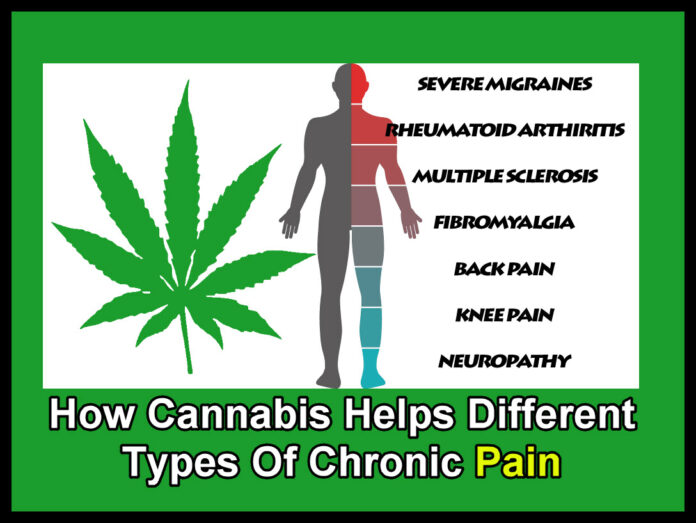
THC has a rich medical-use history dating back to approximately 2800 BC. Documentation of THC and painful headaches goes back as early as 2000 BC. THC has recently shown significant promise in pain experiments due partly to its interaction with nervous system receptors.
Peripheral nerves that detect pain contain abundant cannabinoid receptors. Studies show that THC binds to these receptors, blocking peripheral nerve sensations and dampening pain.
Other research indicates THC helps relieve pain in less direct ways by making it more bearable. For example, THC stimulates the body to produce more dopamine, elevating mood and pleasure. This euphoric experience helps distract people from discomfort and reframe their perception of migraine pain from intense to manageable. Additionally, MRI scans show that THC reduces action in areas of the brain that regulate emotional aspects of pain.
Using THC for Migraines
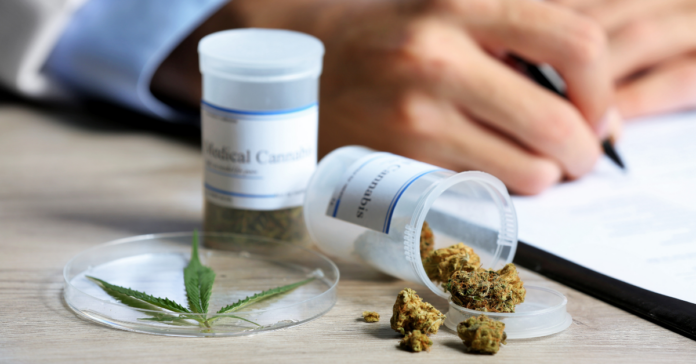
Perhaps the most common THC ingestion method is smoking or vaporizing marijuana flowers or concentrates. This method can quickly relieve migraine pain and nausea but wears off in less than an hour. On the other end of the spectrum, smoking or vaporizing can also exacerbate symptoms. That’s because smoking irritates the lungs and can act as a migraine trigger for some people.
THC transdermal patches are much less common but highly effective pain relief delivery systems. Body heat activates these thin plastic patches, releasing THC through the skin and into the bloodstream. Transdermal patches give people long-lasting smoke-free relief without THC’s intoxicating effects.
Nonintoxicating patches are appealing to people who don’t want to get high. However, the psychoactive experience is part of what helps relieve migraine sufferers from the agony by boosting their mood and shifting their focus away from the pain.
Migraine patients who rely on THC’s psychoactive effects often turn to THC edibles.
THC-infused foods and beverages are delicious, discreet, and powerful. Edibles can take an hour or more to kick in, which may be unideal for people who need immediate relief. On the upside, when they do kick in, edibles typically last for six hours or more.
THC beverages are another common edible type. Many people prefer to consume a Delta 9 THC syrup over infused food products because liquids provide much faster relief (30 minutes or less) and often last at least three hours.
THC beverages and edibles are also beneficial over other methods because they provide a more intense psychoactive experience. In particular, users report increased physical sedation compared to smoking. That’s because the body processes edible THC differently by converting it to a more potent compound, 11-hydroxy THC.
How to Use THC Edibles for Migraines
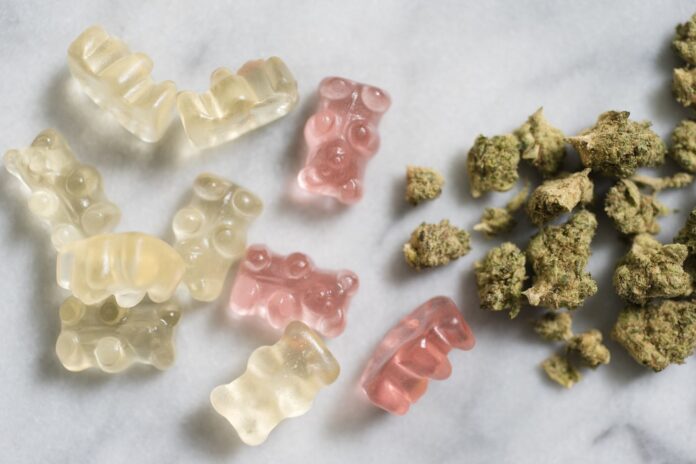
THC edibles’ potent properties make them highly effective pain relievers. But edibles can also be overwhelming, making dosing optimization critical.
A good starting edibles dose for new users is around 2.5 mg to determine the effects. Five mg is a great moderate quantity for people who tolerate 2.5 mg of THC well. Experienced marijuana users might consume 10 to 50mg (depending on tolerance levels) to get the desired benefits.
Consuming THC syrup allows for simple and precise dosing. Users can measure THC syrup in milliliters, making it easier to control the amount of THC consumed and find the perfect dosage to achieve the desired effect.
Other Treatment Options for Managing Migraines in Conjunction With Using THC Edibles

Prescription medications such as triptans or anticonvulsants are popular choices among migraine sufferers and can help reduce the severity of symptoms when taken on a regular basis. Over-the-counter pain relievers like ibuprofen and acetaminophen can also help provide short-term relief from common migraine symptoms such as headache and nausea.
In addition, lifestyle changes can often have a positive effect on reducing migraine frequency and intensity. These include exercising regularly, getting adequate sleep each night, limiting exposure to bright lights or loud noises, reducing stress levels, maintaining a healthy diet, practicing meditation or yoga, and drinking plenty of fluids.
When used in conjunction with one another, these treatments can often provide more comprehensive relief than any single type of therapy alone. Therefore it’s important for those experiencing migraines to discuss their individual needs with a doctor and create a plan that best suits them.
Conclusion:
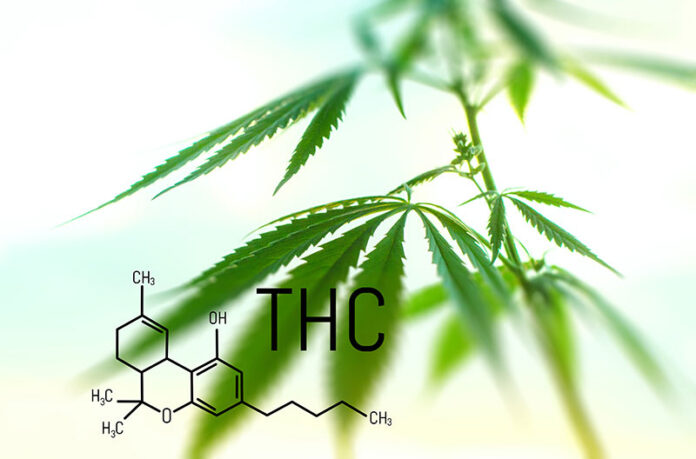
THC is a highly versatile compound, with extensive research showing it alleviates chronic pain conditions like migraines. Users can explore different THC consumption methods to find what they like best. But fast-acting, long-lasting edibles such as THC syrups may offer the best balance for those who need it the most.









